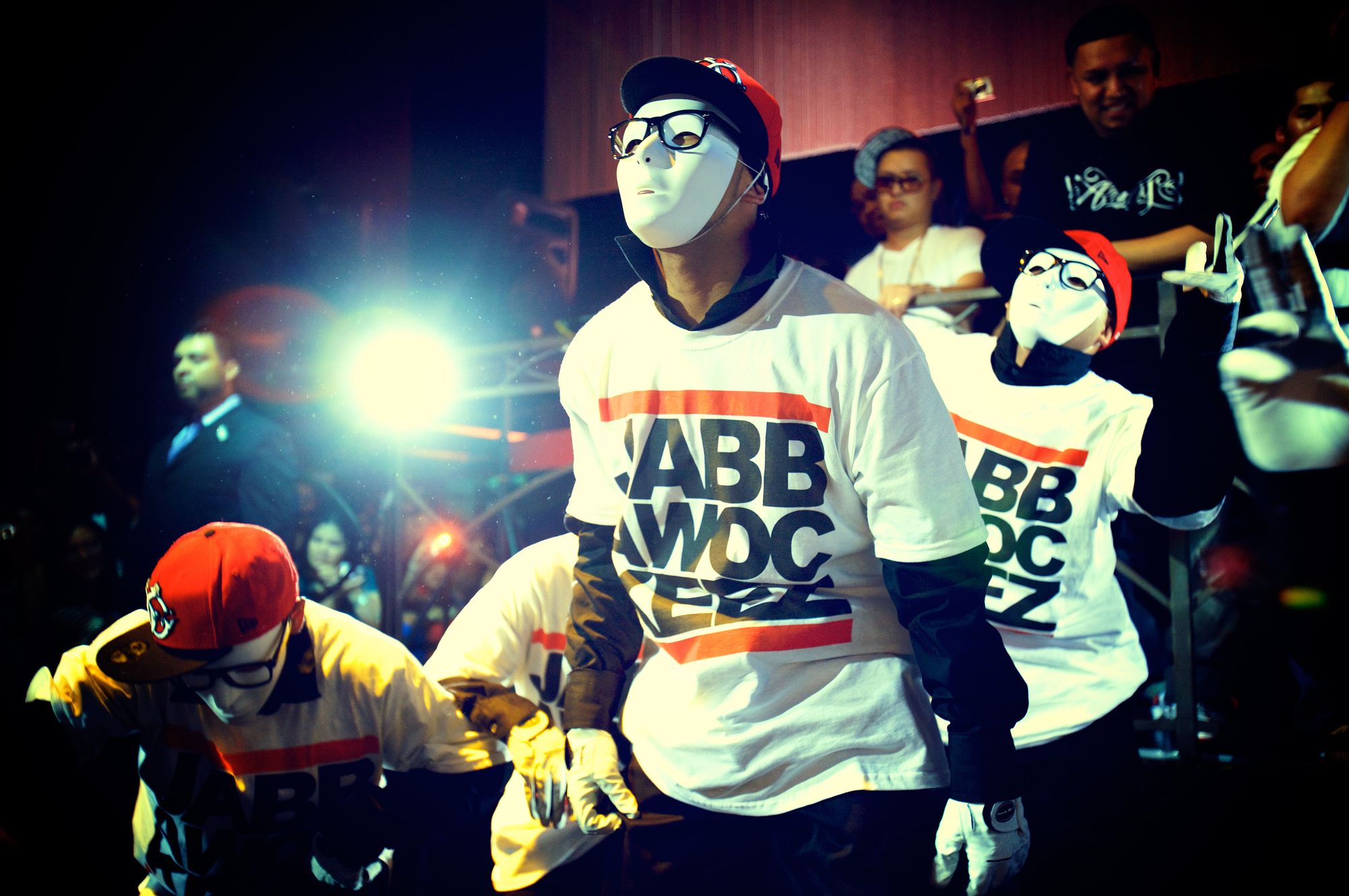Hip Hop: The Dance Revolution That Shaped a Generation

Hip hop, a dynamic and diverse cultural movement that originated in the streets of the Bronx, New York, in the 1970s, has grown into a global phenomenon. What began as a creative outlet for marginalized youth quickly evolved into one of the most influential art forms in the world. Hip hop is more than just a dance style; it encompasses music, fashion, art, and language, creating an expressive and rebellious culture that continues to resonate across generations. With its roots in self-expression, freedom, and social commentary, hip hop dance plays an essential role in shaping cultural identity, pushing boundaries, and empowering individuals.
Origins and Cultural Foundation
Hip hop emerged as a cultural response to the urban struggles faced by African American and Latino youth in New York City’s Bronx neighborhood. It grew from block parties and community gatherings where DJs mixed music, MCs rapped, and dancers showcased their moves in an ever-growing form of creative expression. These gatherings gave young people a chance to celebrate their individuality and tell their stories, often drawing from their daily experiences of life in the inner city.
The dance aspect of hip hop was initially known as breakdancing or b-boying, which was born in the streets as a competitive form of dance. It was a way for dancers, known as b-boys and b-girls, to compete in dance battles, showcasing their agility, acrobatics, and creativity. Hip hop dance also drew influences from earlier forms of African and Latin dance, blending these cultural movements with the energetic, athletic style that defined hip hop.
As hip hop culture spread throughout the United States and beyond, it became more than just a subculture; it became a movement that resonated with people of all backgrounds. The dance, music, and fashion associated with hip hop became a symbol of resistance, self-expression, and empowerment, giving voice to those who had been historically marginalized.
The Dance Styles: Breaking, Popping, and Locking
Hip hop dance is not a single style but a collection of dynamic and evolving dance forms. Three of the most influential styles—breaking, locking, and popping—helped define the hip hop dance culture.
Breaking (B-boying/B-girling): Breaking, often known as breakdancing, is the most iconic style within hip hop. It involves intricate footwork, acrobatic moves, and spins performed on the ground, often combined with power moves such as head spins, windmills, and freezes. It’s a highly physical style that requires strength, flexibility, and creativity. Breaking is known for its competitive nature, where dancers engage in “battles” to showcase their best moves.
Popping: Originating on the West Coast, popping involves quick and sharp muscle contractions (known as "pops") that create the illusion of the body moving in a robotic or jerky manner. Popping dancers often use these isolated movements to express rhythm, control, and synchronicity, with a style that emphasizes the sudden jerks and stops of the body.
Locking: Locking is characterized by its fast-paced, rhythmic movements that "lock" the body in place after a series of fluid motions. It often incorporates exaggerated poses and pauses, creating a playful and theatrical feel. Locking is known for its energetic and fun movements, with dancers using dramatic pauses and smiles to engage the audience.
These dance styles, while distinct, share a common thread: they emphasize individuality, improvisation, and creative expression, allowing dancers to showcase their unique style and personality.
Cultural Importance and Social Impact
Hip hop dance has always been more than just entertainment. For many, it serves as a tool for self-expression, storytelling, and social commentary. Through its vibrant movements and infectious energy, hip hop dance has become a way for people to communicate their struggles, dreams, and experiences. In the early days of hip hop, it provided an escape from the harsh realities of inner-city life, offering a platform for youth to express their creativity in an otherwise oppressive environment.
Today, hip hop continues to empower marginalized communities by giving them visibility, voice, and an avenue for social change. Hip hop dance, in particular, is often used to raise awareness about important social issues such as racial inequality, poverty, and violence. Through dance battles, performances, and competitions, dancers can share their perspectives and connect with others who understand their struggles, creating a sense of community and solidarity.
Furthermore, hip hop dance serves as a means of global connection. It is no longer confined to the streets of New York; it has spread across the globe, from Paris to Seoul to Tokyo. Hip hop’s universal appeal lies in its ability to cross cultural and linguistic barriers, with people from all corners of the world adopting hip hop as a way to express their identity and engage in a shared cultural language.
Hip Hop’s Global Influence
As hip hop dance continues to evolve, it has influenced other dance genres, fitness trends, and even mainstream pop culture. In the 1980s, the rise of breakdancing in Hollywood films helped propel hip hop into the international spotlight. In recent years, hip hop dance has become a staple in reality TV shows, movies, and dance competitions, further solidifying its place in popular culture.
Moreover, hip hop dance has become a part of everyday life, from dance studios offering classes in various hip hop styles to flash mobs and viral dance challenges taking over social media platforms like TikTok. Hip hop’s infectious energy has found a place in the hearts of people of all ages, encouraging them to dance, move, and express themselves.
Hip hop dance is much more than a series of moves; it is a cultural movement that continues to inspire, connect, and empower people around the world. From its humble beginnings in the streets of the Bronx to its global presence today, hip hop has evolved into a vibrant art form that transcends boundaries and connects generations. With its emphasis on creativity, self-expression, and social impact, hip hop dance remains a powerful tool for both individual empowerment and collective change.